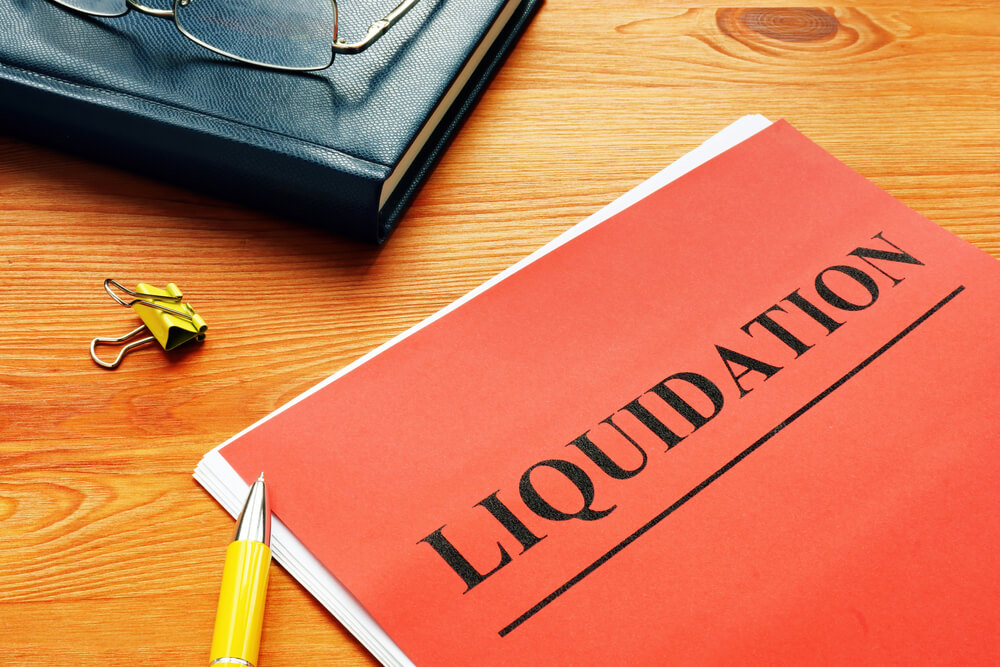Liquidation is a difficult procedure, but Creditors Voluntary Liquidation offers transparency and control that can reduce the burden of financial difficulties for a company. In the event of a business that is facing a huge amount of debt, creditors’ liquidation could be an alternative to close the company and safeguard assets from creditors. Directors of a business who realize that their obligations are far greater than their assets begin the process. When they decide to opt for a CVL, directors can decide on the best course of action and appoint their own liquidators and reduce the impact on employees and customers. Although it is not an easy choice to make, creditors’ voluntary Liquidation allows business owners the opportunity to learn from financial mistakes to be stronger in future.

Liquidation is an action that must be undertaken when a company fails to meet its financial obligations. It can settle any outstanding debts, and close the company. The process of liquidation can be complicated and demanding, as it involves selling assets in order to pay back creditors. If you’re in financial problems and you are thinking of liquidating your business, it is essential to be aware of the process and locate a reputable liquidation firm within the UK to help you navigate the process.
In the UK there are three types of liquidation: creditors’ voluntary, mandatory, and voluntary. The liquidation option that is best for your business is dependent on the circumstances of your business and the options you have available.
The voluntary liquidation process is initiated by directors of the company and shareholders when they believe that the business is financially insolvent and therefore unable to conduct business. This kind of liquidation is generally considered to be cheaper and easier than compulsory liquidation that is initiated by court order.
A voluntary liquidation for creditors is a liquidation that can be voluntary and can be initiated by creditors who consider the business to be insolvent. This liquidation type allows the company to pay its creditors in a timely way, with the help of an authorized liquidator.
In liquidating an organization, the liquidator’s primary goal is to increase the assets of the company to pay the creditors. The liquidator will sell the company’s assets company, including inventory, equipment and properties and uses the proceeds to pay off outstanding obligations. Once creditors have been paid, the remaining funds will be paid to the shareholders of the company.
It is important to choose the liquidation firm that is experienced and has the ability to provide guidance throughout the entire process. Here are a few key aspects to consider when choosing a company liquidator.
Experience and knowledge: Choose a liquidator with a wealth of experience and a proven track record in the industry. Choose a firm that has a team of experts in the field authorized to offer advice and guidance.
Transparency in pricing: Liquidation is complex and costly. It’s important to choose a business that offers transparent pricing. Look for a company that provides a clear cost breakdown upfront.
Professionalism and integrity: Choose an organization that conducts business with integrity and professionalism. Find a business licensed by the relevant regulatory bodies that adheres to strict ethical standards.
The service you receive is individualized. Each business is different, and so your liquidation is unique. Find a firm that provides personalized service and tailors their approach to meet your particular needs.
Availability and responsiveness Reliability and availability: Liquidation is stressful and time-sensitive, so it is important to locate a company which is responsive and accessible when you need them. Choose a firm that can offer 24/7 support, as well as provide guidance and advice throughout the liquidation.
It may seem daunting initially, but creditors voluntary liquidation can be a valuable process to look into if you’re having trouble with your business and require significant assistance. It’s important to remember though that this process will not immediately bring your business back, you need to be proactive in preparing for the process. It may be necessary to work with an independent insolvency professional, implement cost-cutting techniques as well as look for specialized solutions and control any ongoing expenses. There are many ways to save your business, including debt relief and restructuring such as creditors’ voluntary liquidation. You just need the appropriate team! It is vital to have a professional at your side to provide you with honest advice during times of transition. If CVL is a possibility for your company, be sure that you’re well-informed and make a roadmap to achieve success. When the financial stability is established it is possible for a business to achieve the peace of mind and security it needs.
For more information, click company liquidation